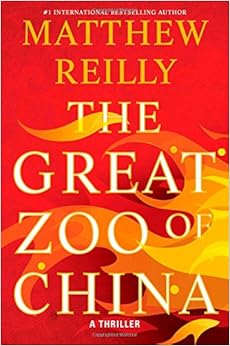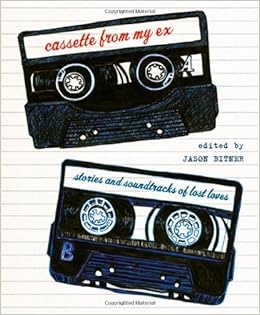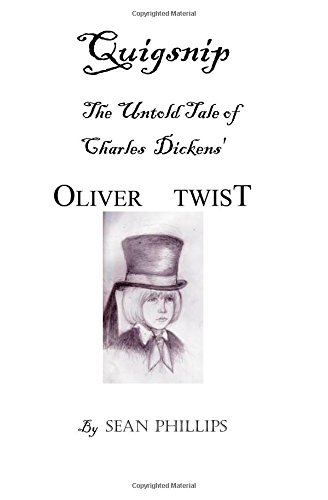
Artist Jonathan Case, who you may remember illustrating Jeff Jensen's grisly Green River Killer, dropped me a line to say that he has a new book out, one that he scripted as well. It's a very fun and incredibly detailed caper story called The New Deal, set in Depression-era New York City. Calling it "fun" may sound like a surprise when I tell you that a big chunk of the story comes from the ugly racism of the day resulting in a false accusation of theft based on nothing more than a character's skin, but the very real and casual ugliness of the characters is part of a believable and dense tapestry that our heroes bounce around.
Our hero is Frank O'Malley, a young man who's working two jobs because he owes $400 to a notable bigwig over a poker debt, but isn't actually saving any money to pay him back. His job as a bellboy at the Waldorf Astoria brings him in contact with the rich and famous and their jewels. A quick bit of work could get him out from under Jack Helmer, and he's very, very tempted. Then somebody in the hotel does engage in that very quick bit of work, and one of Frank's friends, a black maid named Theresa, is immediately accused. Frank and Theresa each suspect the other, and they're both in trouble with management for even appearing to look suspicious and tarnish the Waldorf Astoria's reputation... but if neither of them took the jeweled dog collar, pilfered from a hateful old rich lady, who did?
I really, really enjoyed reading this. Case's artwork is incredibly engaging. It's black and white with spot blue shading, and it looks like he had a ball designing all the clothes for his huge cast, the opulent lobby of the hotel, and the surrounding city streets. The story is unpredictable, yet mostly believable. I was smiling ear-to-ear wondering what Jack Helmer was up to, and how a beautiful troublemaker named Nina Booth was going to impact Frank and Theresa's troubles, especially when Nina takes a shine to Theresa and saves her job.
Overall, this is a terrific book, and clearly a real labor of love from Case. I got a kick out of the real-world setting, including a cute cameo by Orson Welles during his time working for the WPA's Federal Theatre Project. I really enjoyed Frank and Theresa's hesitant friendship, and even if Frank occasionally reminded me of a comic lead like Archie Andrews and not quite a real human, I found myself rooting for them both, even when they break the law and make a terribly bad decision to get out from under their trouble. It's a fine, fun book and comes happily recommended.
(Clicking the link in the image will take you to Amazon, where you can purchase the book. A PDF of this book was provided by the publisher for the purpose of review. If you'd like to see your books (typically comics or detective fiction) featured here, send me an email.)





















